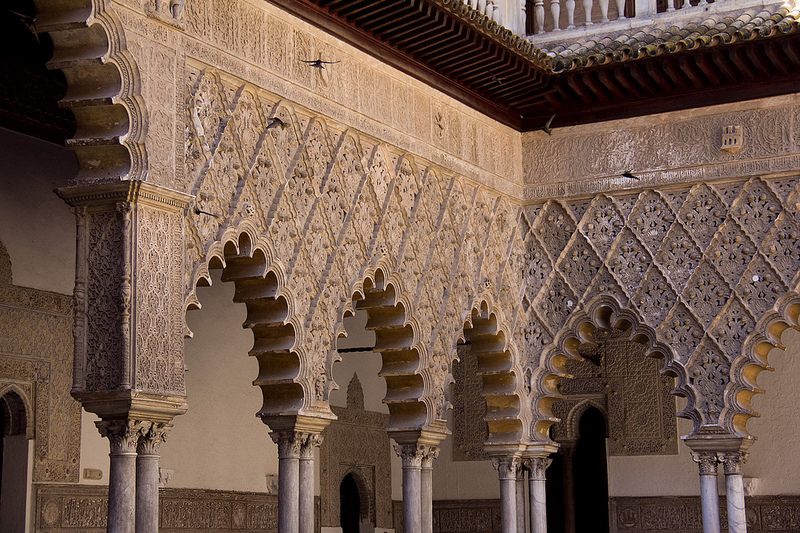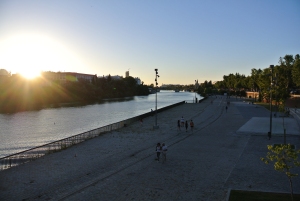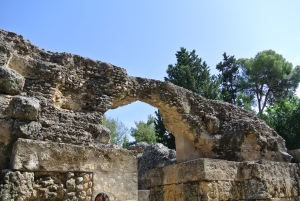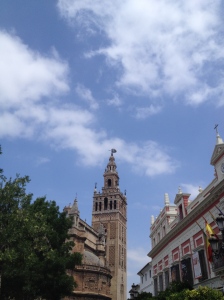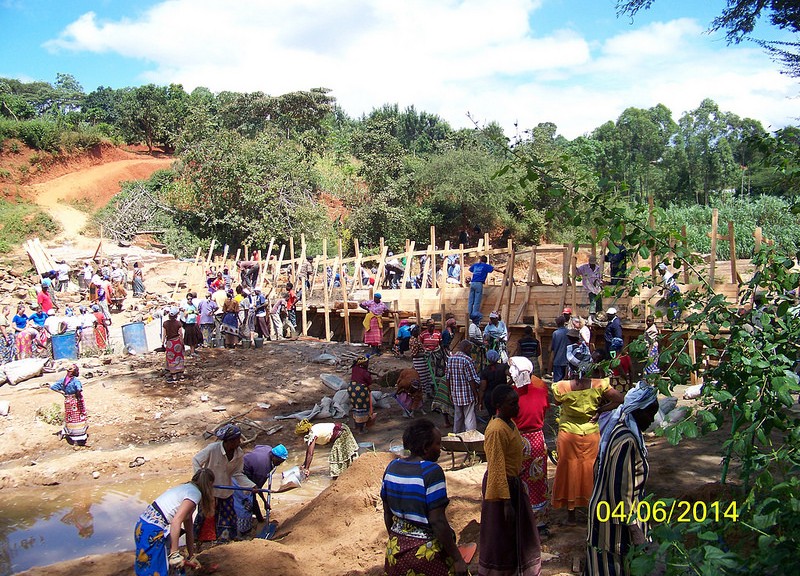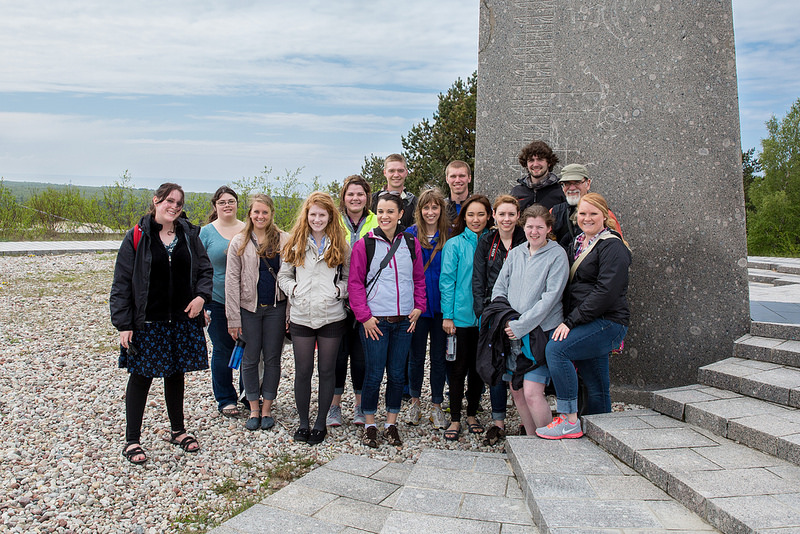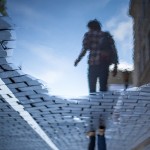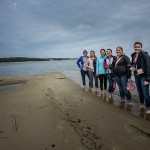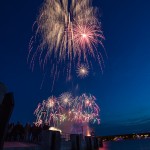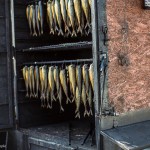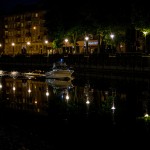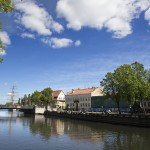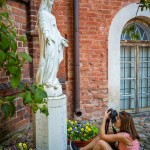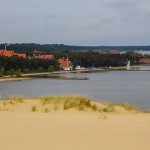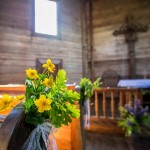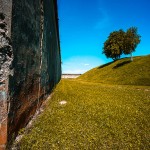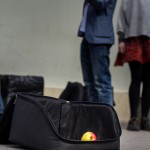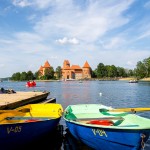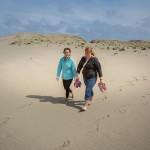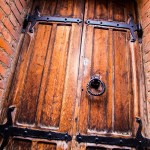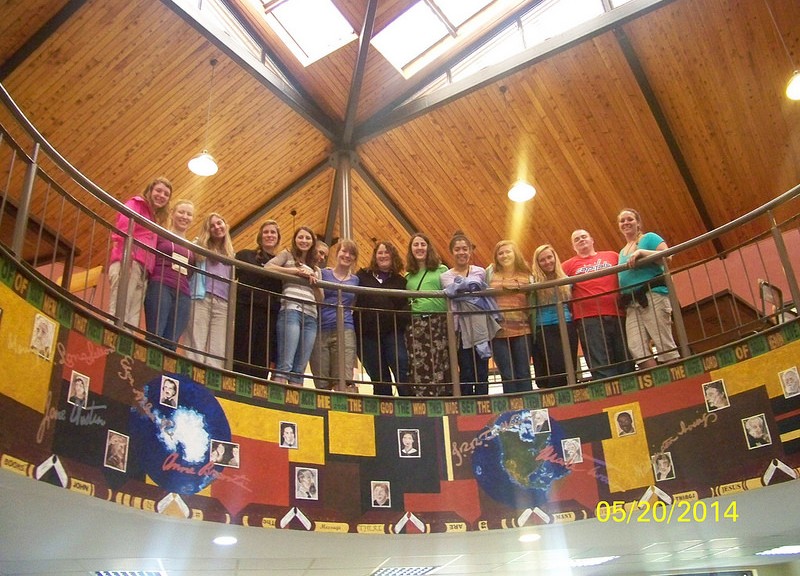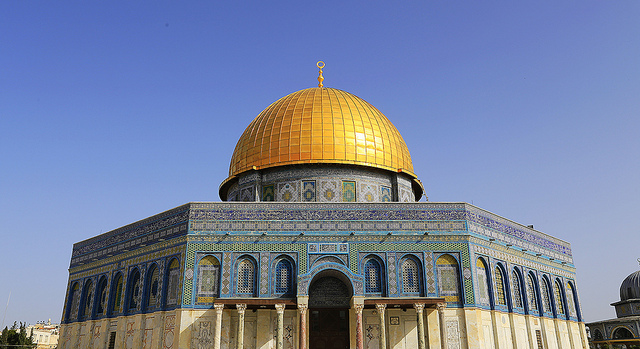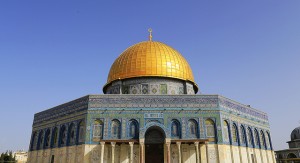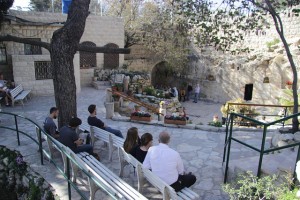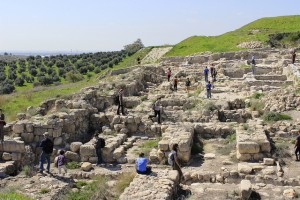It’s true. The sun does shine here in Sevilla. A lot. It shines until it is 100 degrees (10 second pity party- my house has no AC and no fan. Also, this is my second attempt at this post because I somehow messed up after writing for a solid 35 minutes…I’m all smiles right now).
The transition to a new city has been rough. We went from going to the beach everyday to avoiding the sun as much as possible; seeking any shade we possibly can. From spending free time together to taking advantage of siestas to recover from our exhaustion. From exploring a great little city to sticking to the streets we know.
Sevilla is the capital of Andalucía (the region of spain we are visiting) and is much larger than Cádiz. Even after three weeks in Cádiz, I felt like there was so much I didn’t know about it. Coming into Sevilla, I knew I would only be here two weeks. And two weeks wouldn’t be enough time to really get to know a city this size. Regardless of all this, even the heat, Sevilla is a beautiful city, and it’s been a great experience.
Our days are full here. Mornings consist of either history classes and a tour or volunteering. Evenings are spent with the group. Classes are so interesting. I love learning about the rich history of Spain. Again classes are taught in Spanish, so I feel like I am missing a lot. But our leader translates as much as possible, and we have handouts for each lecture. After lecture we go to different areas of the city and apply what we just heard. We have been to different alcázars, city ruins, cathedrals and museums.
Two days a week we volunteer. I loved my volunteer placement, Hospital de la Caridad. It is a retirement-like home for elderly men. Built in 1674 by Miguel Mañara, a wealthy man who was going through a difficult time in his life. He lost his wife at a young age and was struggling emotionally, physically, and spiritually. In order to find peace, he sold all of his possessions so he could help others like him. He built a church and a hospital. This hospital was for men who didn’t have a home and needed medical assistance. Both the hospital (now similar to a retirement home in my opinion) and the church are still functioning. It was great to have the history of such an amazing place as our foundation before we began serving the residents and staff.
We started the mornings playing memory games and bingo with the residents. Man do those men love bingo! After bingo we would go for a walk. The first day, a nurse “assigned” each of us a chair and showed us the way out. It was overwhelming because none of us knew if the nurse would accompany us, or if we would be flying solo. Thankfully the nurse walked with us, showing us which streets to take and helping us manage the bumpy roads. Just imagine six young, American girls, each pushing a wheelchair down Sevilla’s crowded cobblestone streets. If that doesn’t make you chuckle, it should. Even as we were walking, I couldn’t help but smile at the sight our little caravan must have made. I wish we would have had more time with the men at Hospital de la Caridad.
Time is something I have thought a lot about on this trip. The first couple weeks went by so fast. Now, we are only a week from departing this beautiful country. I often long for more time. More time to enjoy all that I have been given. Sevilla has been a breath of fresh air for me. Afternoons are free for us as the whole city seems to take a two hour siesta because it is so miserably hot. some days i take advantage of siesta and sleep. But others, the Lord has given me energy to dig into the Word. Something I have been so thankful for. There are no distractions. The city sleeps. God has been using this trip to open so many doors. Doors to friendships and great conversations. I pray these friendships would continue to grow as we finish our time abroad and as we return to the states. We only have a few days left in Sevilla. And then five quick days together in granada. Where did the time go…
-Rachel Yoder
